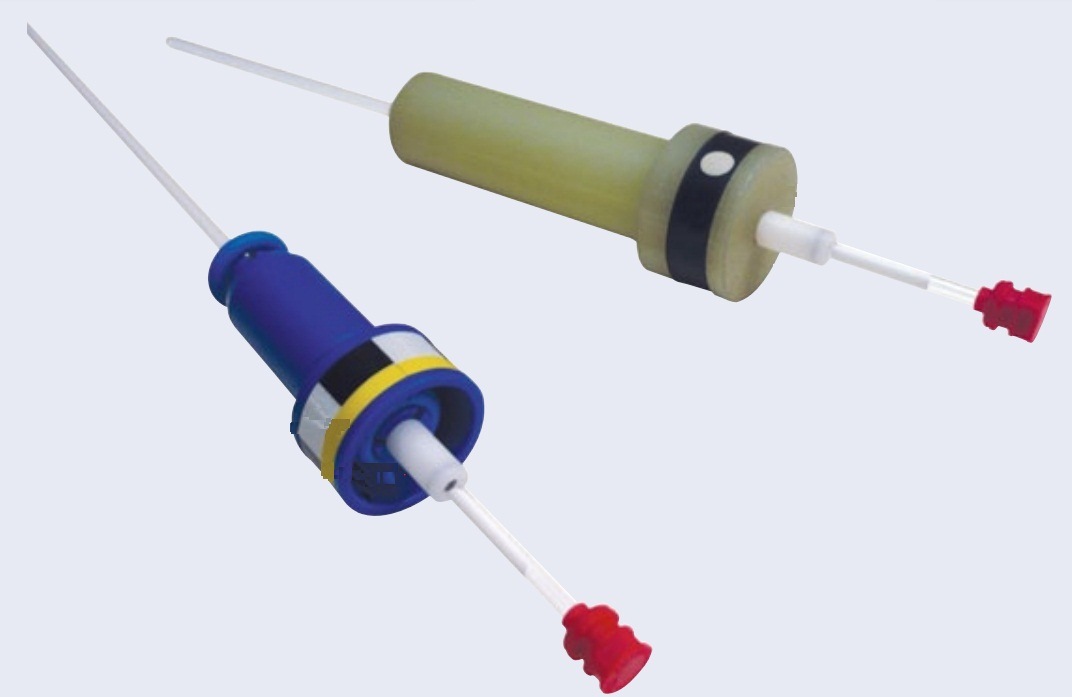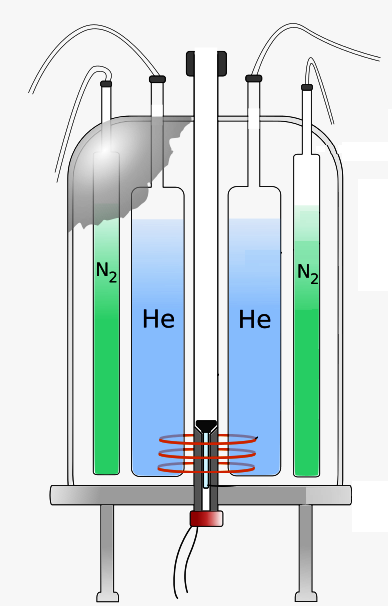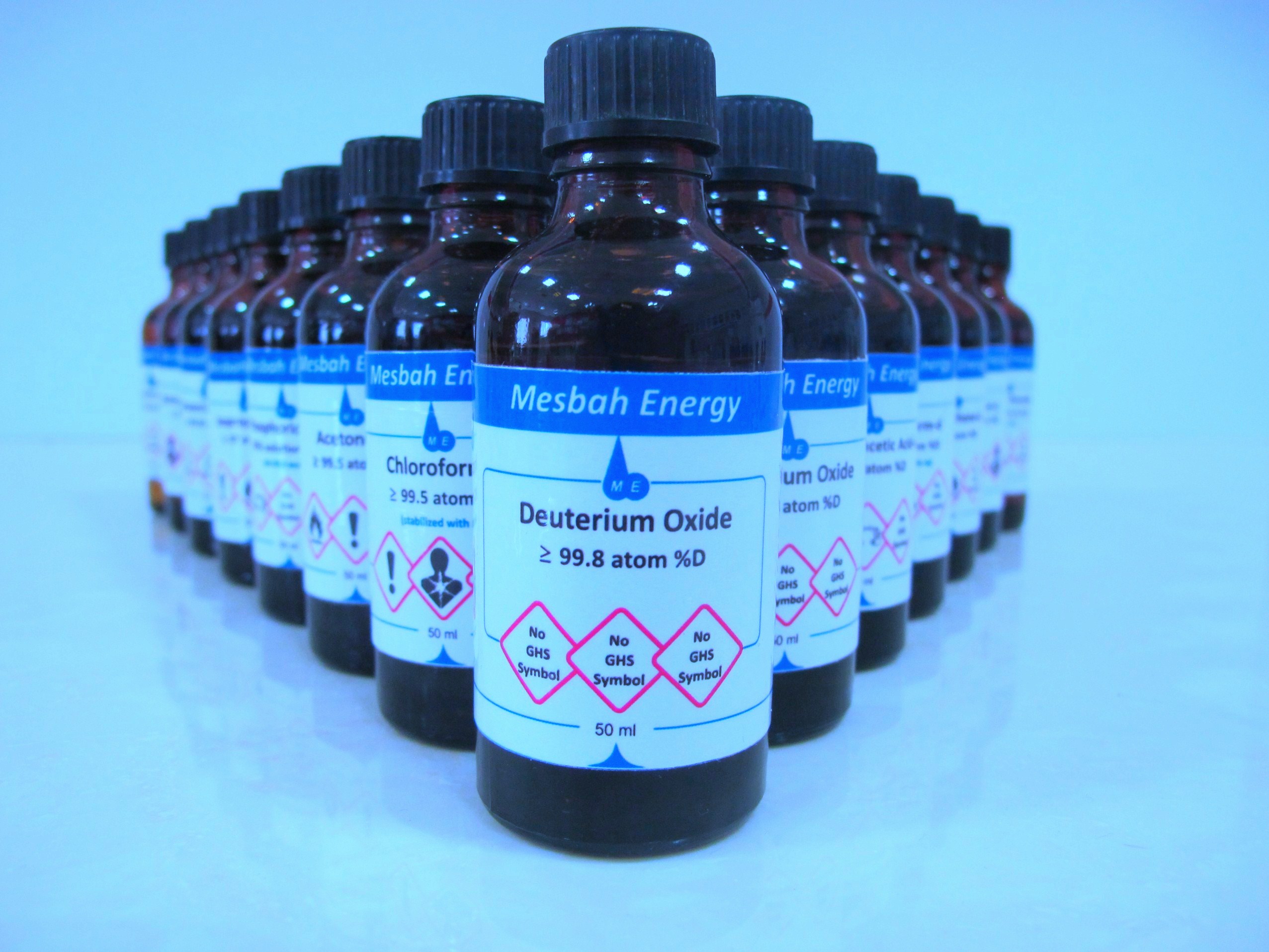Nuclear Magnetic Resonance(NMR)
This method is used to study and determine the structure of the composition of materials or chemical synthesis. NMR analysis is more effective than other molecular spectroscopy methods but is not common due to the high cost of analysis such as infrared spectroscopy (FT-IR). In general, the use of NMR in medicine, pharmaceuticals, food, chemical, and agricultural industries can not be ignored.
The method is based on measurements of electromagnetic radiation in the radio frequency range of 4 to 1000 MHz (MHz). Unlike other spectroscopic methods (FT-IR) and UV / Visible, in which electrons are involved in the process of absorption and energy transfer, in NMR the nucleus of the atom is involved in the process of absorption.
History of NMR analysis
NMR nuclear magnetic resonance was first measured in molecular beams by Robbie in the late 1930s. Yevgeny Zawowski observed NMR nuclear magnetic resonance in February 1941, before Felix Baloch and Edward Mills Purcell, but the results of his research were lost because they were unrepeatable. This method was further developed by Stern-Gerlach in 1944.
Mr. Porsell then laid the foundation for the discovery of NMR while researching how matter is generated and absorbed by matter.
Later, Robbie, Baloch, and Porcelain observed that magnetic nuclei such as 1H and 31P could absorb RF (radio frequency) energy if exposed to an external magnetic field. Because this happens, nuclear magnetic resonance has occurred, by examining this attraction one can arrive at the chemical construction structure of a property.
Finally, Mr. Russell H. In 1951, Varian patented a method for communicating the nuclear properties of different atoms and the applied magnetic field and developed the first NMR device, the NMR HR-30, in 1952.
What are the principles of NMR spectroscopy?
In general, in NMR analysis, the sample is placed in a strong external magnetic field. The core energy of certain elements is split into at least two or more quantum levels due to their magnetic properties. Electrons also act as nuclei. That is, transitions occur between electronic levels. Just like electron transitions that occur as a result of the absorption of ultraviolet or visible radiation.
Normally the energy difference between the core spin levels is zero. But if the atoms are exposed to a strong external magnetic field, the system's vicious state is reduced. (In physics, if there are two (or more) physical states whose energy levels are the same, which puts them in a multiple or divergent state.) Now, if the field does not disappear, the atom intensifies and radiates if it is free. It gives you that core magnetic resonance. These signals are detected and measured in the detector section of the NMR device. It can perform this description to quantitatively and qualitatively identify the structure of a molecule and its unique functional groups.
Introduction of NMR device:
1. Magnet
The sensitivity and resolution of the NMR spectroscopy device depend on the quality of the magnet and increase the sensitivity as the magnetic field strength increases. The induced magnetic field must create a homogeneous, stable, and repetitive environment for the sample. Permanent actuators and electromagnetic actuators that can be used in this large-scale characterization are used by me. These magnets are mostly coil-shaped.
2. Magnetic field scanner
To create a magnetic field that has Alternation property in a small range, a pair of coils is used in parallel with the current surfaces.
3. Source of radio waves
The radiofrequency source is responsible for providing the energy needed to change the direction of the spin of protons or non-proton nuclei. As a result, the frequency from the source and its transmission into the pair of windings are perpendicular to the path of the field, which causes polarization. The source needs to always emit a constant frequency and can also be used for high-resolution analyzes.
4. Sample container holder
The sample tube consists of a cylindrical glass tube 5 mm in diameter. This glass tube is known among NMR users as an NMR tube. The sample tube is then placed in the space of the two poles of the magnet. And is rotated by a rapid flow of air to obtain a more uniform sample for further investigation.

5. Cooling tank
The part of the NMR device that is responsible for cooling the superconducting coil is the largest part of the device or the cooling tank. To reach a temperature of -269 degrees Celsius, two Liquid colds used to cool the coil, namely nature helium and liquid nitrogen, which is inside the cooling tank.

6. detector
The signal generated by the RF radio frequency is due to the reorientation of the spins after the sample has absorbed energy. These signals, which are produced by the resonance of the nuclei produced by radio waves, are detected by a coil that surrounds the sample container and is perpendicular to the coil. Electrically generated signals require a Reinforcement with a factor of about 105 times to check and measure.
Preparation of samples for NMR analysis
One of the requirements for NMR analysis is that the samples are soluble. Method 1 H NMR uses special solvents that do not have protons and contain "deuterium" instead of hydrogen.
Since these solvents do not contain hydrogen atoms, they are nominal in the NMR spectrum. In simpler language, the chemical disturbance of the solution is eliminated. The sample site is placed under a wheel in a special chemical tube called an NMR tube at the magnetic center to prepare a more uniform location for analysis. most solvents used in NMR:
Chloroform deuterated (Chloroform that replaced hydrogens by deuterium D)
It is mostly used in NMR analysis for non-polar compounds. Other polar solvents (such as acetone, dimethyl sulfide, DMSO, and heavy water D2O are used for more polar compounds.
Advantages and disadvantages of NMR analysis:
NMR spectra are as unique as fingerprints, and a unique spectrum will be recorded for each combination. NMR analysis has now largely replaced traditional chemical tests such as color reagents or conventional chromatography. However, interpreting the NMR spectrum requires sufficient skills and knowledge in this area.
One of the disadvantages of this method is the relatively large amount of sample required, ie 2-50 mg. The NMR interval is almost long and therefore not suitable for observing phenomena that occur at high speeds and only produces a medium range.
The NMR method is not inherently very sensitive, although it is more sensitive at higher frequencies. It is the low sensitivity of this method that makes it ineffective for low concentrations of the desired species.
Working with the NMR device requires special expertise and skills and also the maintenance cost of the device is relatively high.
One of the disadvantages of this method is the relatively large amount of sample required, ie 2-50 mg. The Long period of time NMR and not suitable for observing phenomena that occur at high speeds and only produces a medium Spectrum.
The NMR method is not inherently very sensitive, although it is more sensitive at higher frequencies. It is the low sensitivity of this method that makes it ineffective for low concentrations of the desired species.
Working with an NMR device requires special expertise and skills and also the maintenance cost of the device is relatively high.
Application of NMR
1) Qualitative analysis and identification of the structure of organic compounds
2) Chemical equilibrium and kinetic studies of reactions
3) Study the structure of very complex molecules such as proteins, enzymes, DNA, complexes, proteins and
4) Magnetic studies of paramagnetic compounds
5) to identify the structure of biological and medicinal compounds
6) Analysis of oil samples
7) Applied analysis (NMR) in the food industry
KEYWORD SECTION:
You can also find other articles about the above keywords in other languages with the use of these words.
Nuclear magnetic resonance: In Chines: “核磁共振 , In Russian:
Ядерный магнитный резонанс” ؛IN Germany: “ Kernspinresonanz
Nuclear magnetic resonance applications: In Chines: 核磁共振应用
In Russian: Приложения ядерного магнитного резонанса
IN Germany: Kernspinresonanzanwendungen
